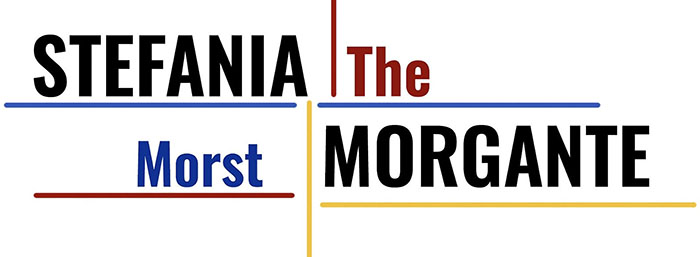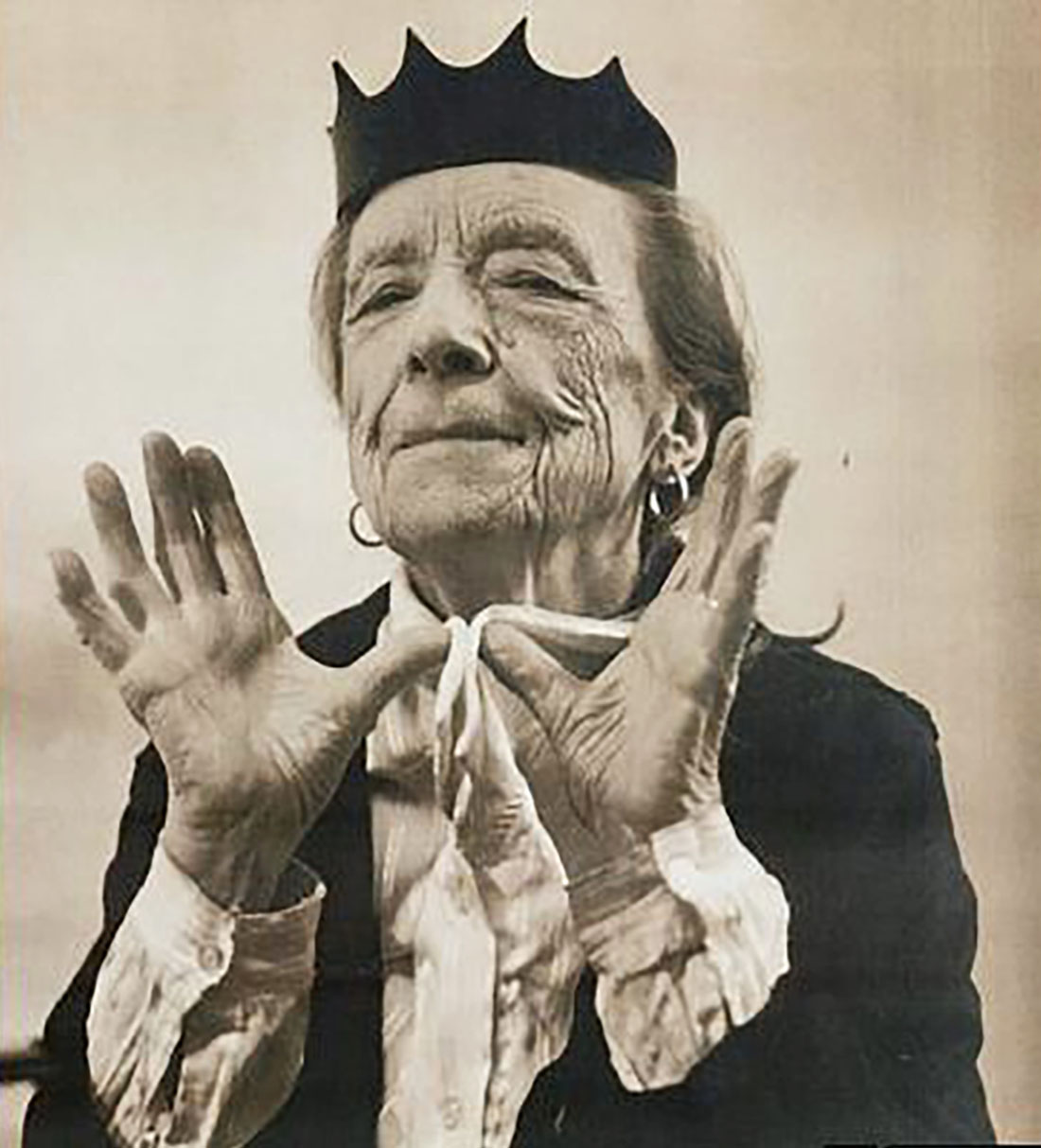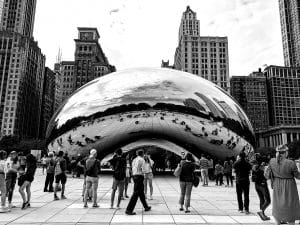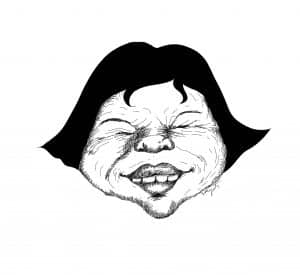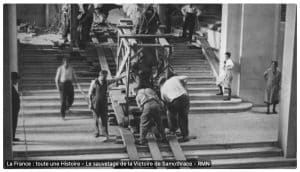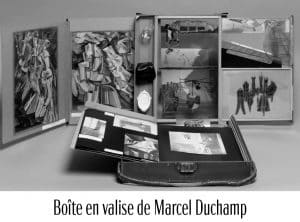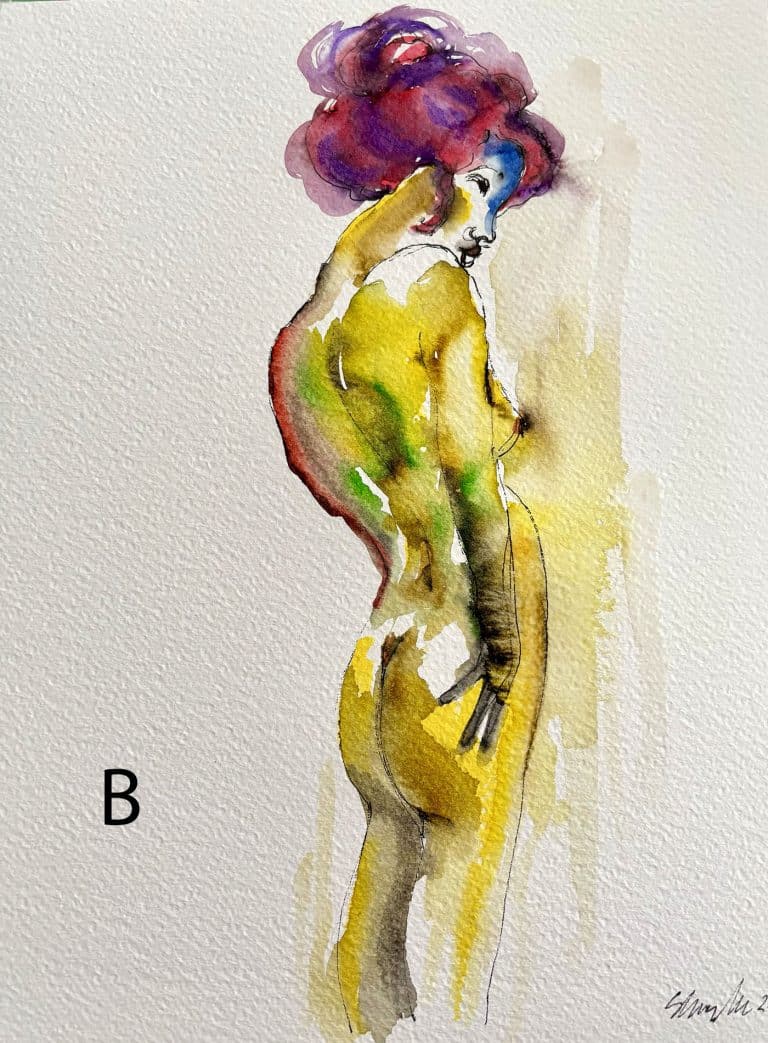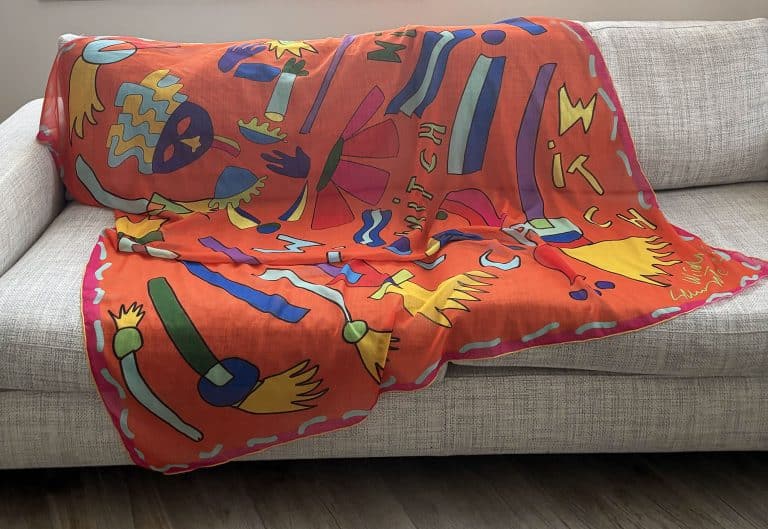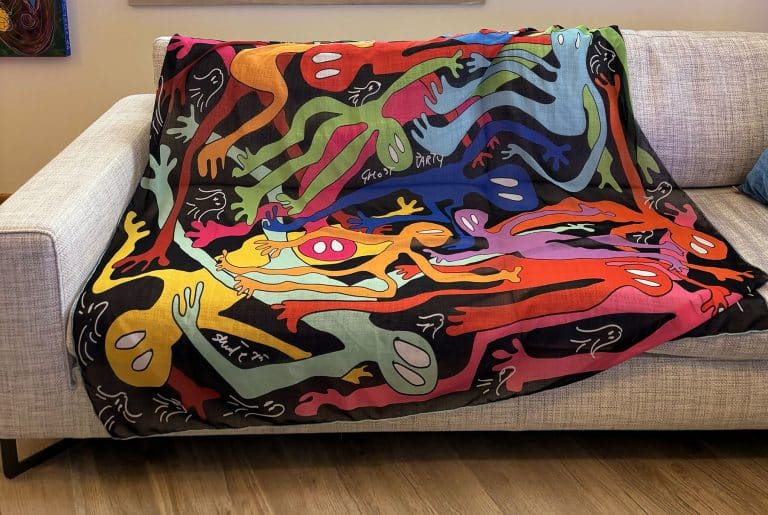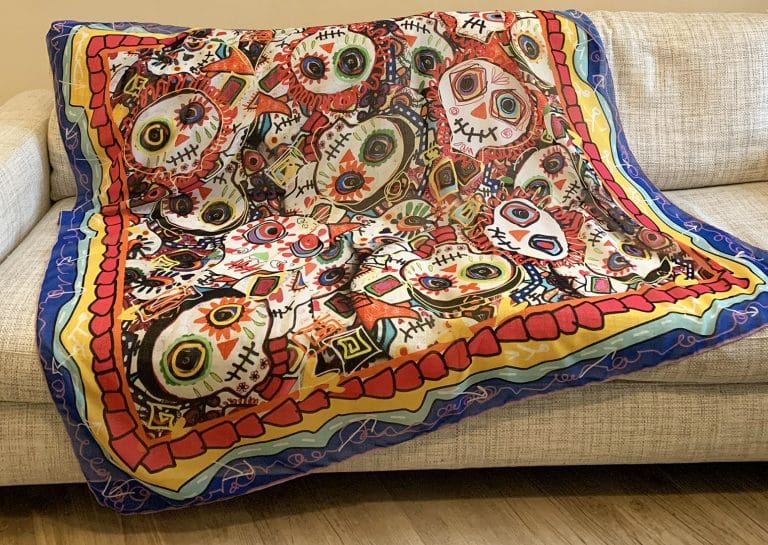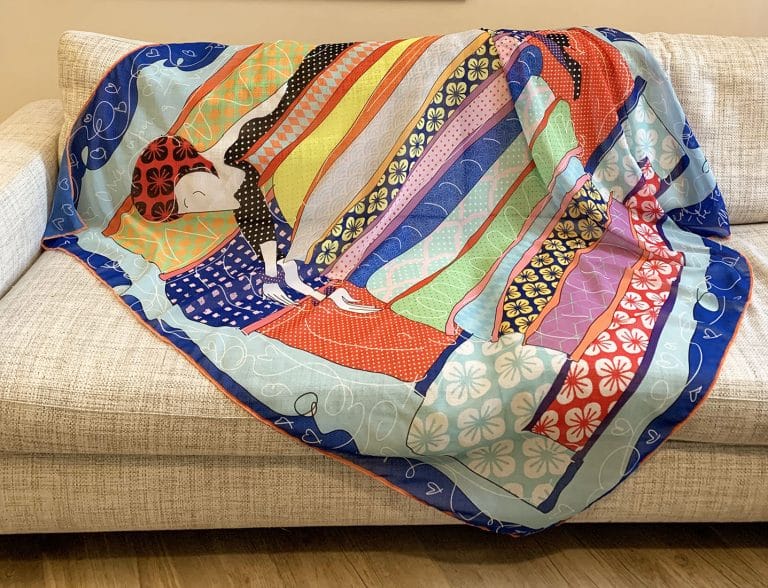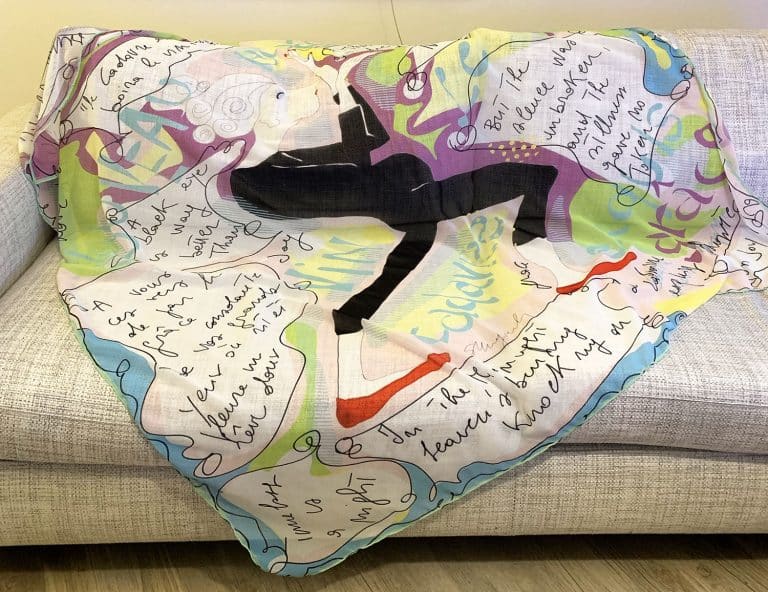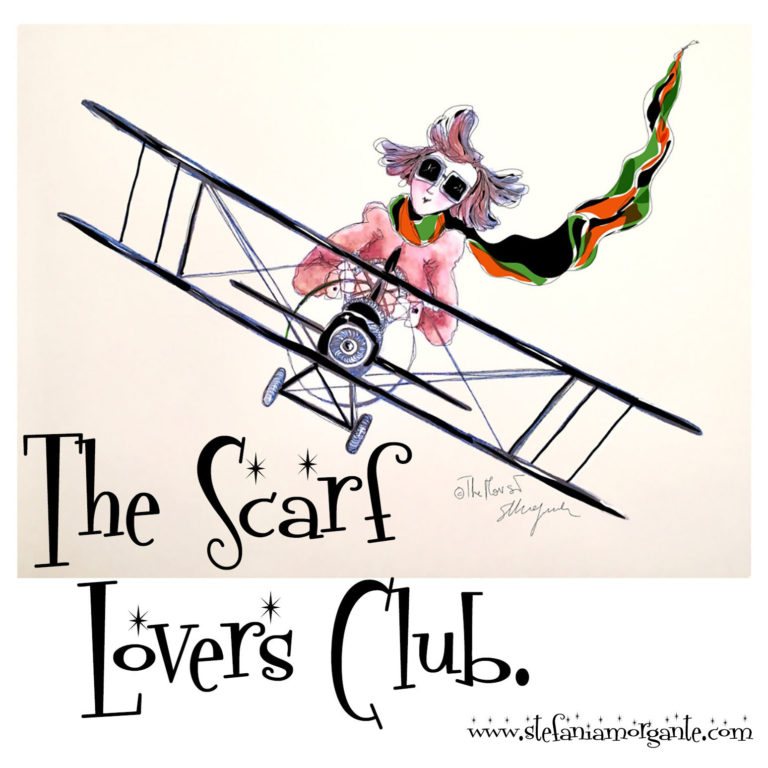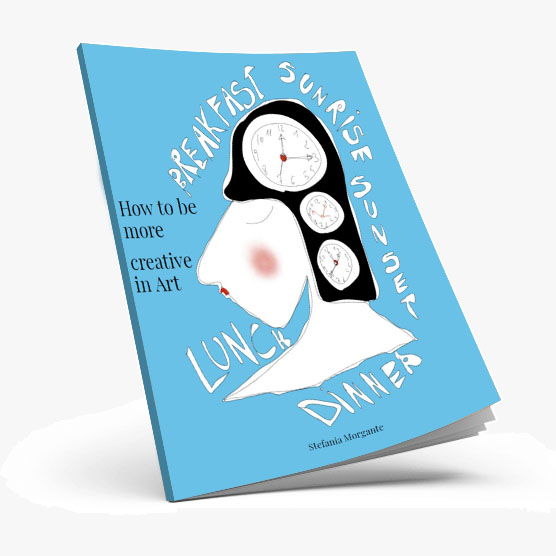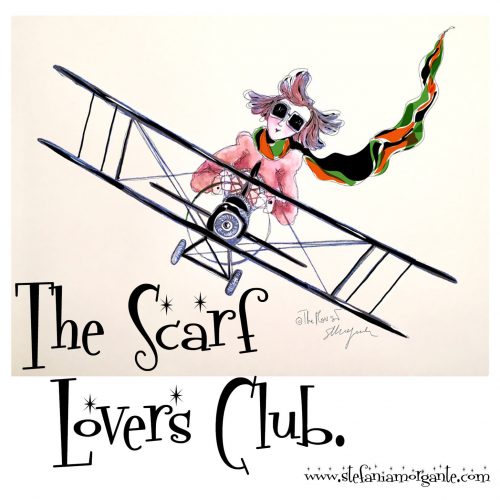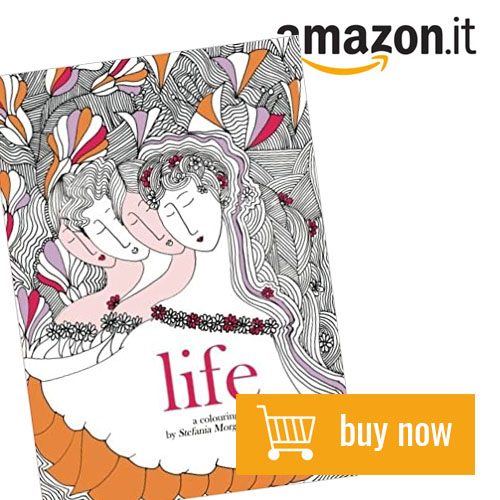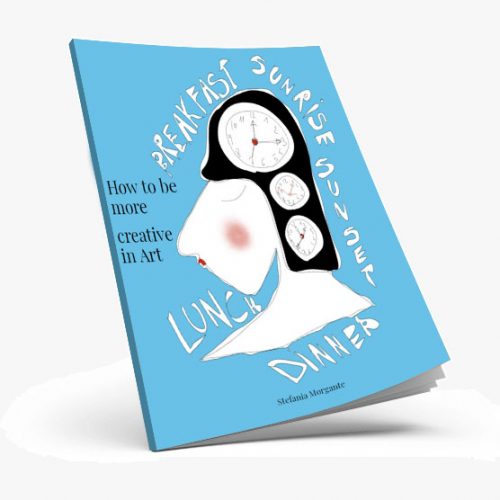Creating is a gender issue?
The human brain has no major differences between men and women.
It follows that brain structures have very similar cognitive functions between the sexes.
All the differences so far noted have deep roots in social and therefore educational cultural influences everywhere in the world.
Biology has nothing to do with the passion for mathematics in men instead of women.
Instead, the whole combination of education, personal inclinations, family drives and life experiences has something to do with it.
Women appear to be penalized not as incapable or uncreative but as people who have to make room for the male gender.
And above all, women are indispensable pillars in caring for families, the elderly and as also mothers, it is believed that women’s true creativity lies in procreating.
It is unbelievable to think that under trace this coercive mentality is still present and binding even in so-called avant-garde countries.
A woman is an artist but not a mother, or if she is a mother, she is not a mother enough.
Personal lives are intertwined with double threads when it comes to women artists.
One investigates what is missing, never what is added to the personality of a woman artist.
A male artist is cursed, self-centered, narcissistic, exalted but one does not see the need to emphasize whether he had a family or children.
While in women psychoanalyze difficulties always or almost always in the absence of a partner, a child.
Motherhood and creativity.
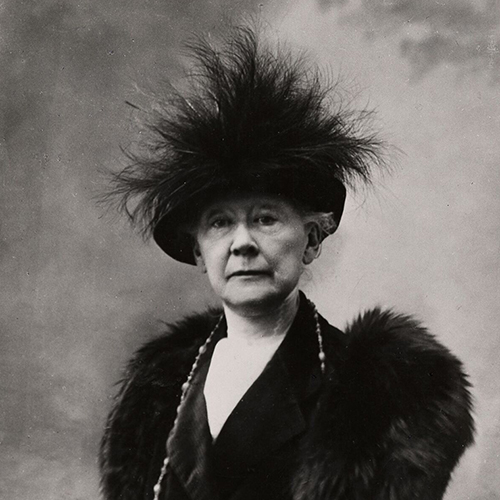
It is also true that one of the recurring themes of women artists is motherhood.
But it is one of the female themes in art.
Accomplished motherhood, as for example in Mary Cassatt, an Impressionist artist who portrayed mothers and children, or Berthe Morisot who portrayed intimate and tender motherhood.
There is, however, motherhood denied and suffered, as in Frida Kahlo or Dorothea Lange, an American photographer, who portrayed grieving and defeated motherhood during the Great Depression.
Women’s education directs artistic activity toward social problems and almost never celebrates power and money.
Often the artistic act investigates as yet unresolved women’s issues and has an eye for injustices in the world.
There is an empathetic, almost identifying creativity with issues in the world.
However, this predisposition is part of all artists of all sexes and therefore it is the sensitive gaze that eliminates all traces of gender differentiation.
If the focus on motherhood was very present in women artists of the past, perhaps it is because the lives of women artists were cadenced by family life and social laws were very pressing.
The bohemian life belonged to men.
Women, rare, could be artists under pseudonyms or relegated to the home and be wives and mothers first.
Nowadays, fortunately, motherhood is no longer the essence of femininity, and the issues are open and unfastened.
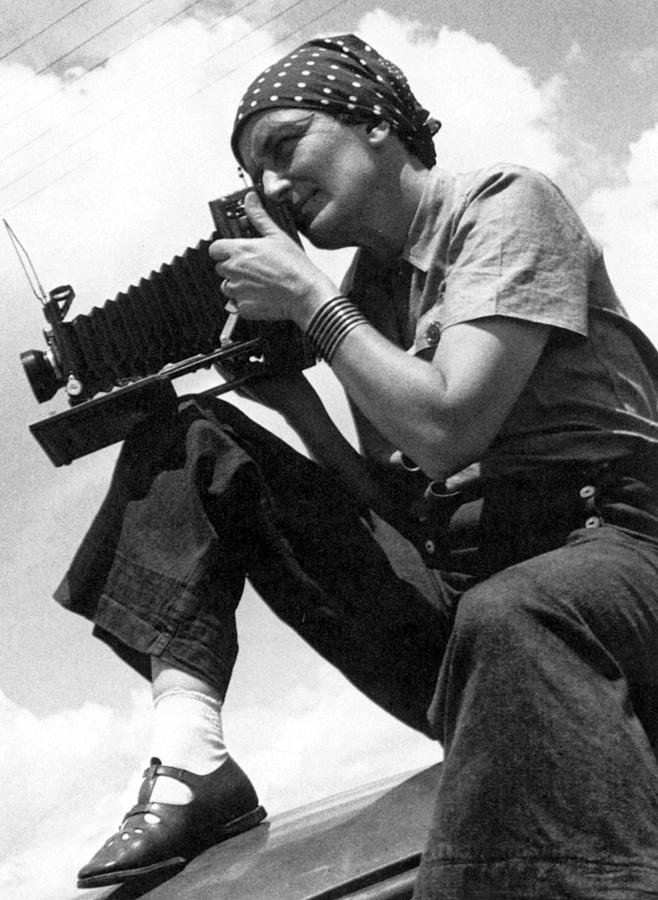
Art is an expression of life beyond one’s sex.
Louise Bourgeois said that life without art would be unbearably empty. But any of us of any gender would say that.
Too bad, however, that women have often had to do without the sense of fullness given by artistic expression.
Always considered hobbyists since family and offspring existed first, when they decided to abandon these roles, they ended up destitute, outcasts from society.
It was either one or the other, either family or art.
And if art it was, always in the scraps of time, as a non-essential trade.
Societies have never pushed for gender equality in artistic expression.
Patriarchal structures certainly pushed for these inequalities and indeed, worked on imagined physical and mental differences, fueling legends to the detriment of women.
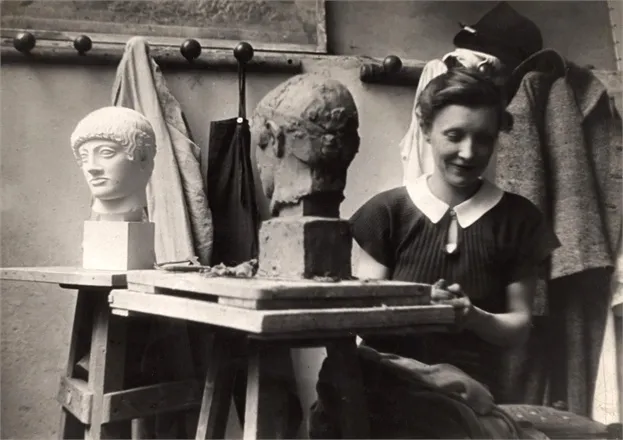
Female imagination and male imagination.
Imagination belongs to everyone and gender does not differentiate.
However, there are cognitive differences between men and women that also affect imagination.
If you search the web for scientific studies, you will see that there are:
Differences in Visual-Spatial Abilities:
- A 2013 study published in the journal “Psychological Science” suggested that men may have an advantage in visuospatial skills, while women may excel at verbal memory tasks and emotional communication. Such differences may influence how men and women approach imagination.
Differences in Brain Structure:
- Neuroscience research has found some structural differences in male and female brains. For example, a 2014 study published in “NeuroImage” suggested that brain connectivity in women might foster greater integration between brain regions involved in the perception and processing of emotions, potentially influencing how they imagine emotional situations.
Creative Imagination:
- Creativity and imagination are multifaceted and can be evaluated in different ways. Some studies on creativity have sought to explore possible gender differences. For example, a 2012 study published in “Psychology of Aesthetics, Creativity, and the Arts” examined differences in creativity between men and women, suggesting that there may be differences in the creative strategies employed.
How much does patriarchy influence women in art?
Having ascertained that women’s roles have suffered from male power and authority and thus have had little room over the centuries to emancipate themselves, we must also understand how this marginalization has contributed to an artificial imaginary about female creativity.
Women have had limited access to arts education if not education tout court.
Forbidden access to the Academies, forbidden to draw from life with nude models or even limitation in the path,school preferring men in the continuation of studies.
Not being part of the artistic world, artistic production remained relegated to one’s family and friends.
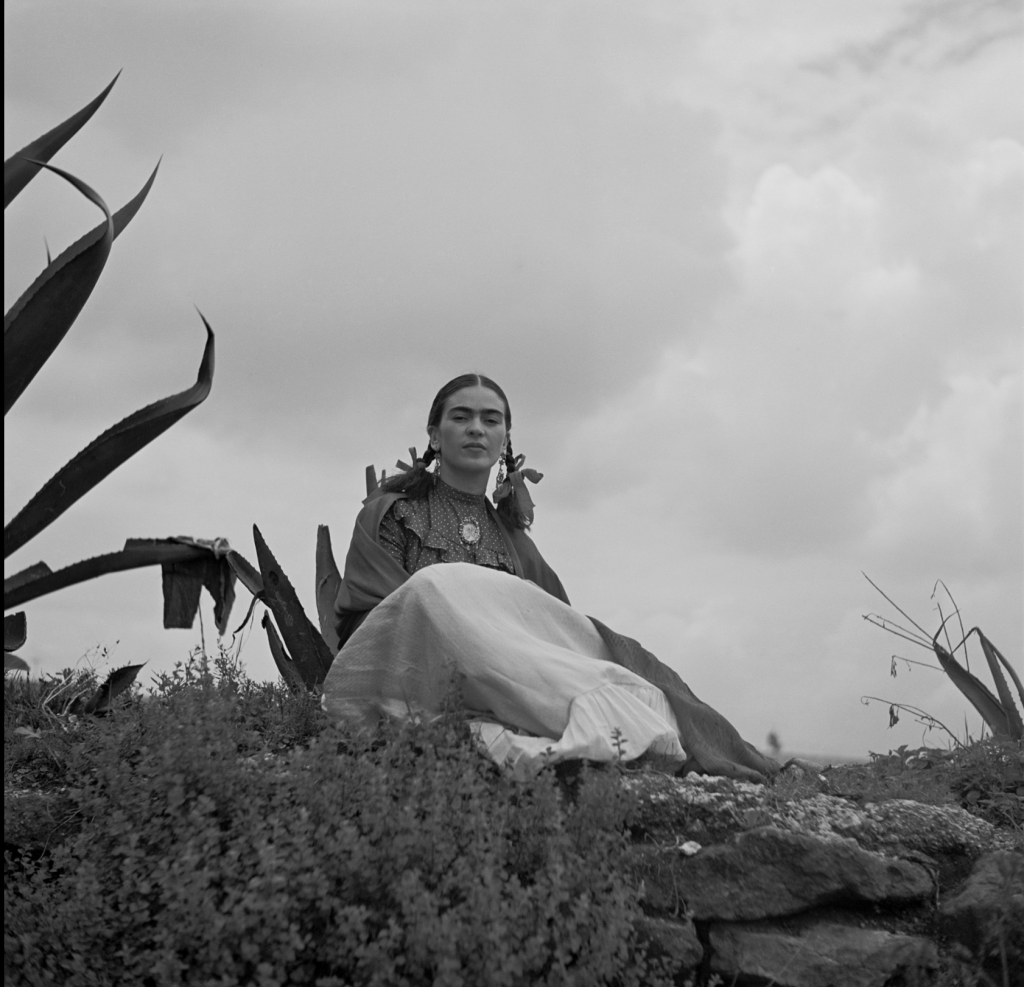
Gender stereotypes.
Women represented by men, painted by men, idealized by men, enter into an imaginary that does not tell them, according to patriarchal perspectives. It still happens today to see women unaware that they are part of a patriarchal universe who, in an attempt to emerge according to male dictates, retrace the same male idealizations.
A woman is asked to appear, to show her body. It is not asked of men who, on the other hand, having always had a choice, have no problem showing themselves, because it is one of many demands.
Women’s art work is often undervalued.
Works of art created by women are less exhibited, are less present in permanent collections, and cost less with a few exceptions; men earn more, are more studied, and are more visible.
Women in the arts are less present in key roles.
When a woman becomes a gallery owner, museum director, exhibition curator, art critic, or any other role in the art industry, there is a lot of noise in the media. A sign that these are always exceptions.
This lack of representation has left ample room for men who continue to dominate strongly in the arts sectors. There are few who bet on women and frequently build female-only exhibitions, relegating the female figure to an exceptional standard. What is important is to give space by believing in women not by building reserves or ghettos where exceptionalism can be told.
Art movements and women.
Art groups have always excluded women or underrepresented them.
Isolated figures, often left in the shadows. Except to bring them into the limelight if they belonged to women’s movements. Almost never recognized as an integral part of major art movements. How much space did Lee Krasner have except as Pollock’s wife? Who is behind Duchamp’s urinal? why not mention Elsa von Freytag-Loringhoven?
And how long did Camille Claudel wait before we knew that some works were his and not Rodin’s?
How much more there is to rewrite in art history and in other cultural fields.
Imagination, a fundamental part of art, is a victim of gender stereotypes.
Only by acting culturally can we find our space.
Which is ours,which is ours,which makes us people and artists.
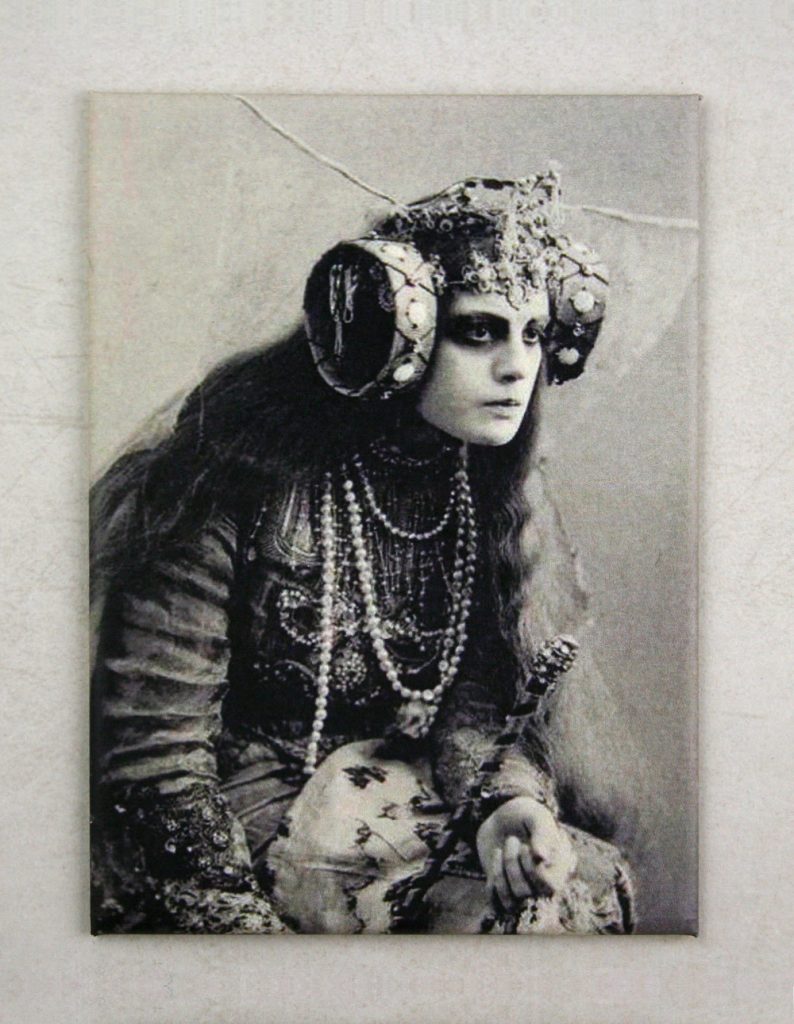
If you want to read this article in Italian click HERE.
